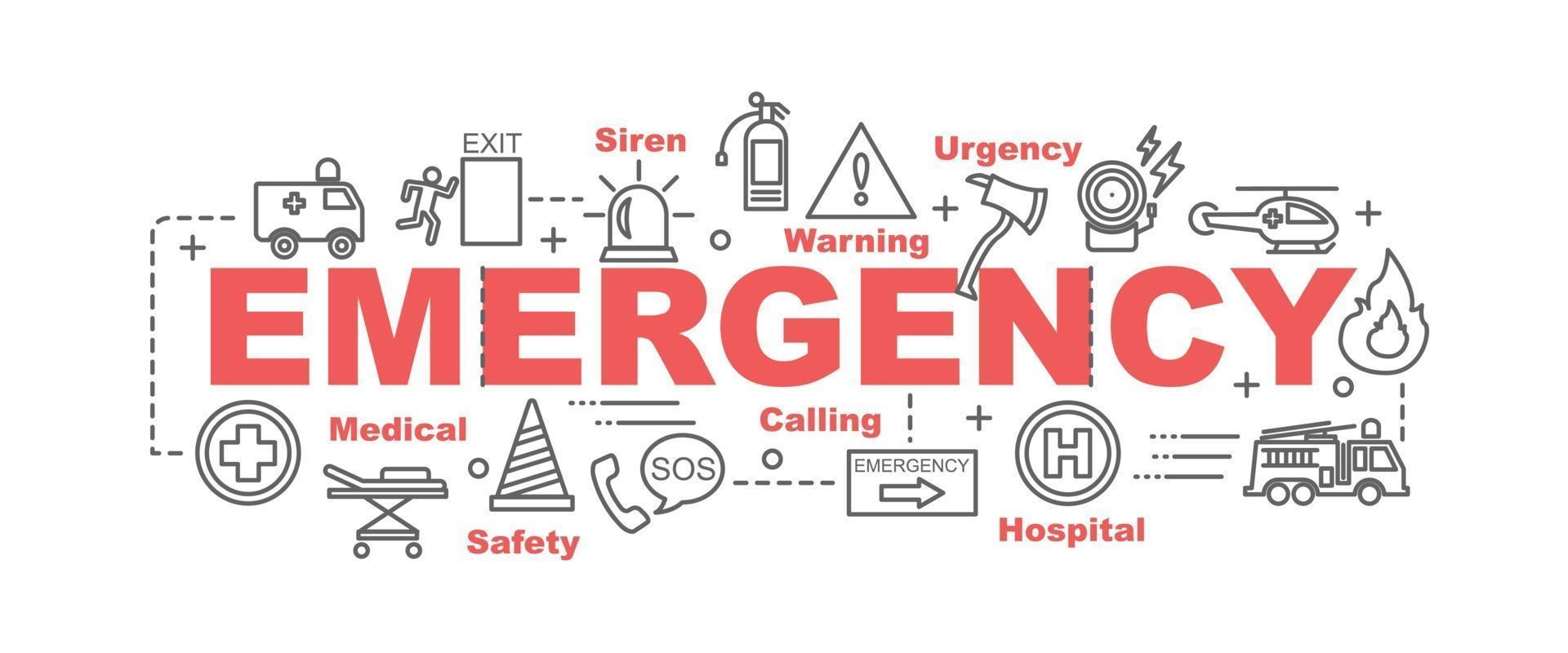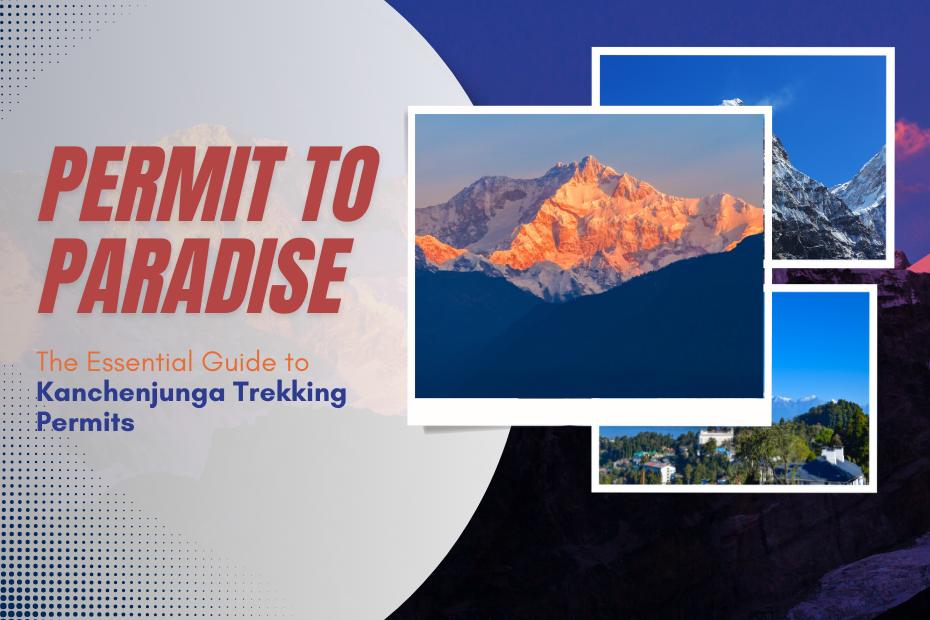
Trail Hazards and Emergency Safety
Trail Hazards and Emergency Safety in the Annapurna Region
While trekking the Annapurna region is a rewarding adventure, it’s important to be aware of potential trail hazards and understand how to respond in case of an emergency. The terrain in this region varies from forested lowlands to high mountain passes, and with such diversity come certain risks that trekkers should prepare for.
One of the main hazards is altitude-related illness, particularly when crossing high points like Thorong La Pass. Altitude sickness can affect anyone, regardless of experience, so proper acclimatization and early symptom recognition are essential. Weather conditions in the Himalayas can also change rapidly. Even during peak seasons, unexpected snow, rain, or strong winds may impact visibility and trail safety, especially at higher elevations.
Landslides and rockfall are another concern, especially during or just after the monsoon season. Certain parts of the trail, particularly between Tatopani and Jomsom, or near steep ridgelines, may become unstable during heavy rainfall. Trekkers are advised to remain alert, avoid walking close to unstable cliff edges, and always follow the guidance of experienced guides or locals.
Trail misdirection is possible in more remote areas or when fog or snowfall obscures the path. Having a local guide significantly reduces the risk of getting lost, especially on less-traveled sections. In case of separation, carrying a map, compass, or GPS device is advisable.
For emergencies, communication may be limited in remote sections, but most guide teams carry satellite phones or radios. Helicopter evacuation is available in case of serious injury or illness, but trekkers must have valid travel insurance that covers emergency evacuation and high-altitude trekking.
General safety practices include starting early to avoid afternoon weather shifts, dressing in layers to manage changing temperatures, staying hydrated, and avoiding risky behaviors like solo trekking or venturing off the main route. Always inform your guide or team if you're feeling unwell or notice others struggling.
Being prepared and informed about potential hazards allows trekkers to enjoy the Annapurna trail more safely and confidently, turning the journey into a truly memorable experience.



